Commence Construction with a Strategy: Avoiding Tax Credit Loss from Inaction
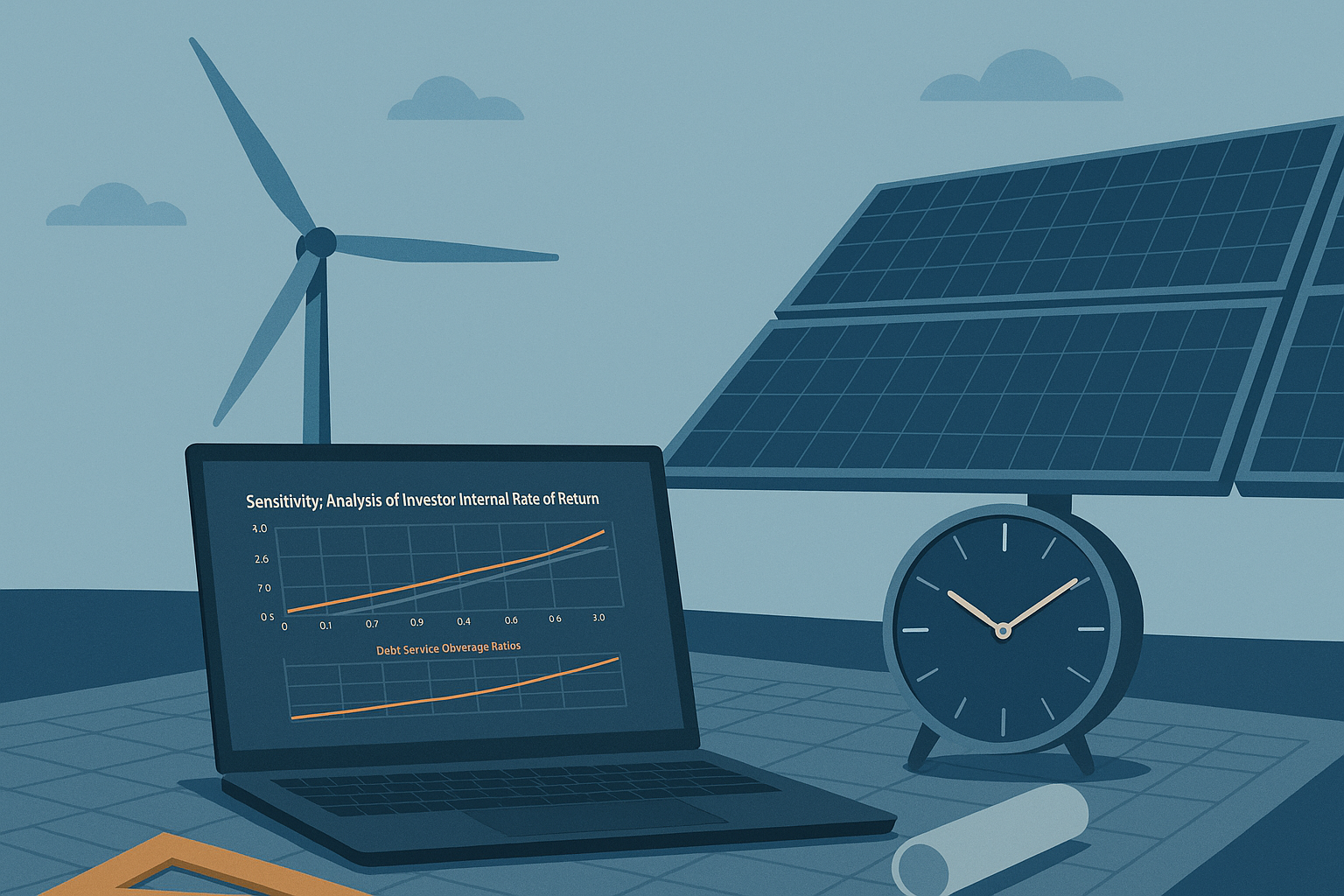
Tax credit qualification efforts don’t need to be allocated to bullet-proof projects to see returns preservation across a portfolio.
Following last November’s election outcome, much of the renewable energy industry turned its attention to one crucial milestone: commencement of construction1. In the months leading up to the passage of the One Big Beautiful Bill Act (OBBBA)2, many had feared a retroactive repeal of clean energy tax credits. For some, this meant committing fully to start-of-construction strategies. For others, it meant cautiously advancing only the most mature, de-risked assets.
Now that the dust is settling from the OBBBA negotiations, the clean energy industry is entering a new phase. The executive order issued on July 7, 2025, triggered a 45-day review period, potentially providing one final curveball for the practical implementation of the new tax credit policy. From that point forward, developers will face a high-stakes sprint to commence construction on projects targeting COD in the 2028–2030 window.
At CapeZero, we ran the numbers to quantify what’s at stake and demonstrate how a flexible, portfolio-wide qualification strategy can unlock superior returns with less risk.
Commencement Strategy Is Critical
Consider the economics of a sample solar project:
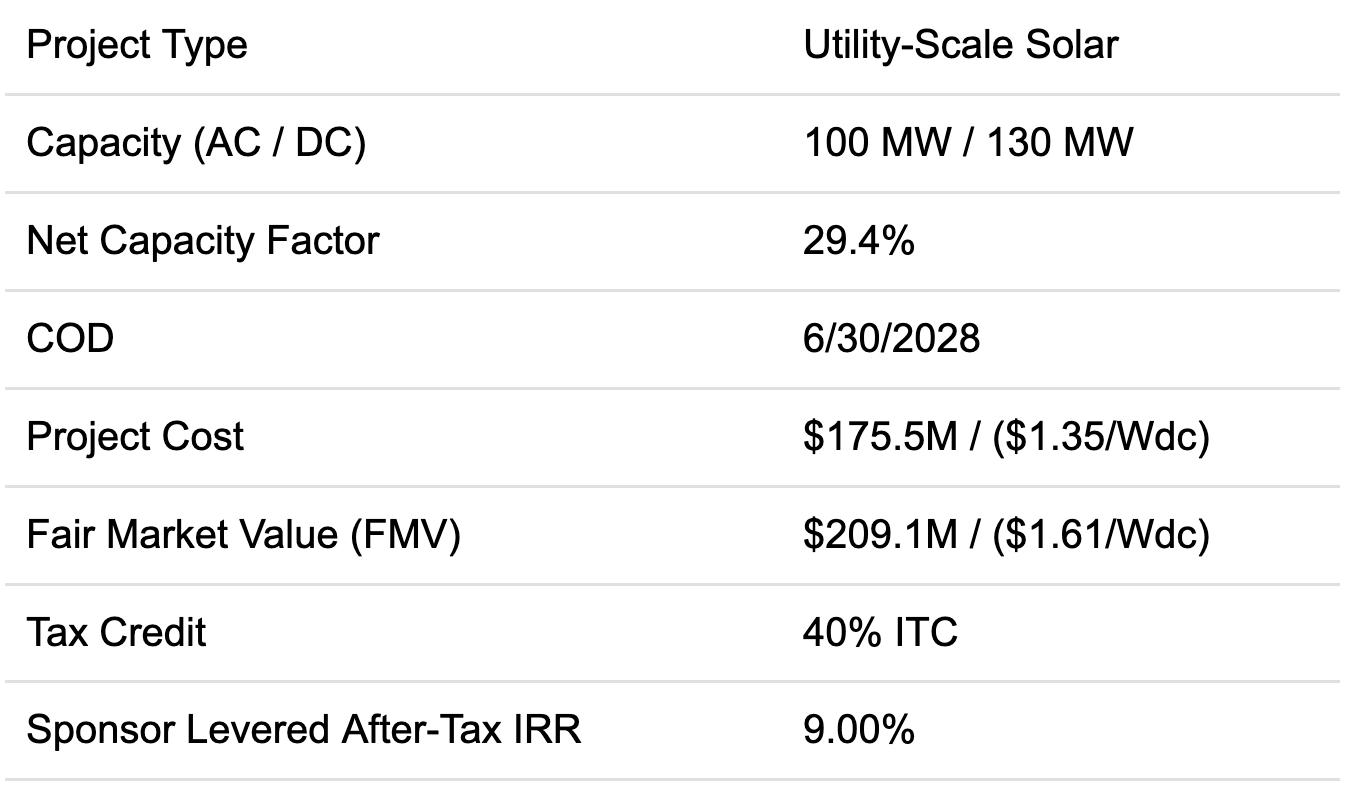
Now, imagine this project encounters a delay due to permitting issues, supply chain challenges, labor shortages, or even unexpected weather. As a result, the project fails to commence construction in time to qualify for the ITC tax credit. This project delay has just resulted in a 566 basis point drop in after-tax IRR. That’s not a rounding error, that’s a deal-breaker.
Even the method of commencement matters:
- Using 5.5% Safe Harbor spend in mid-2025 instead of a special transformer procurement strategy reduces IRR by 41 bps3.
- Delaying 5.5% Safe Harbor spend to mid-2026 defers capital outlay and gains back ~19 bps in IRR, but also increases exposure to evolving FEOC requirements that begin on January 1, 2026 4.
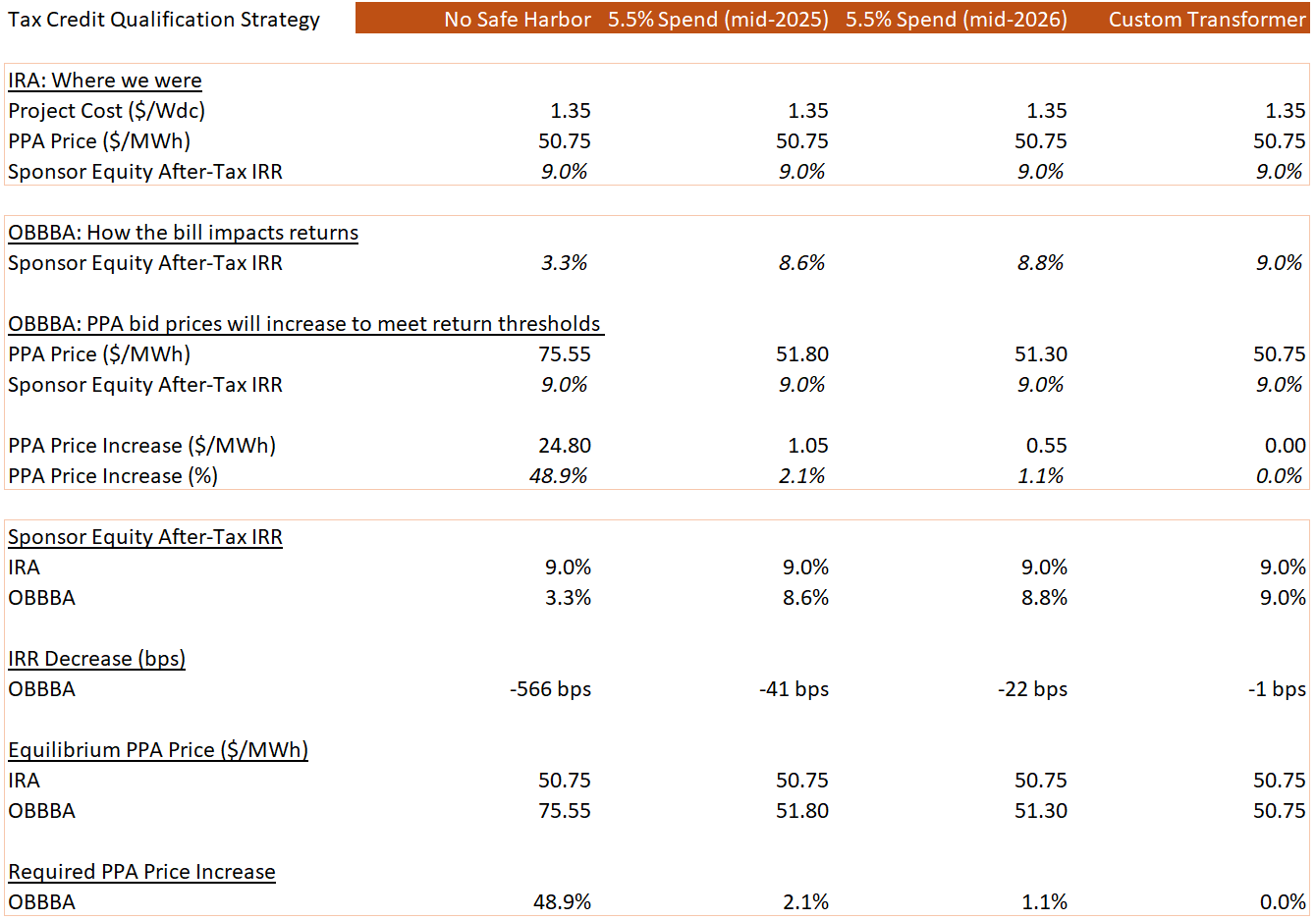
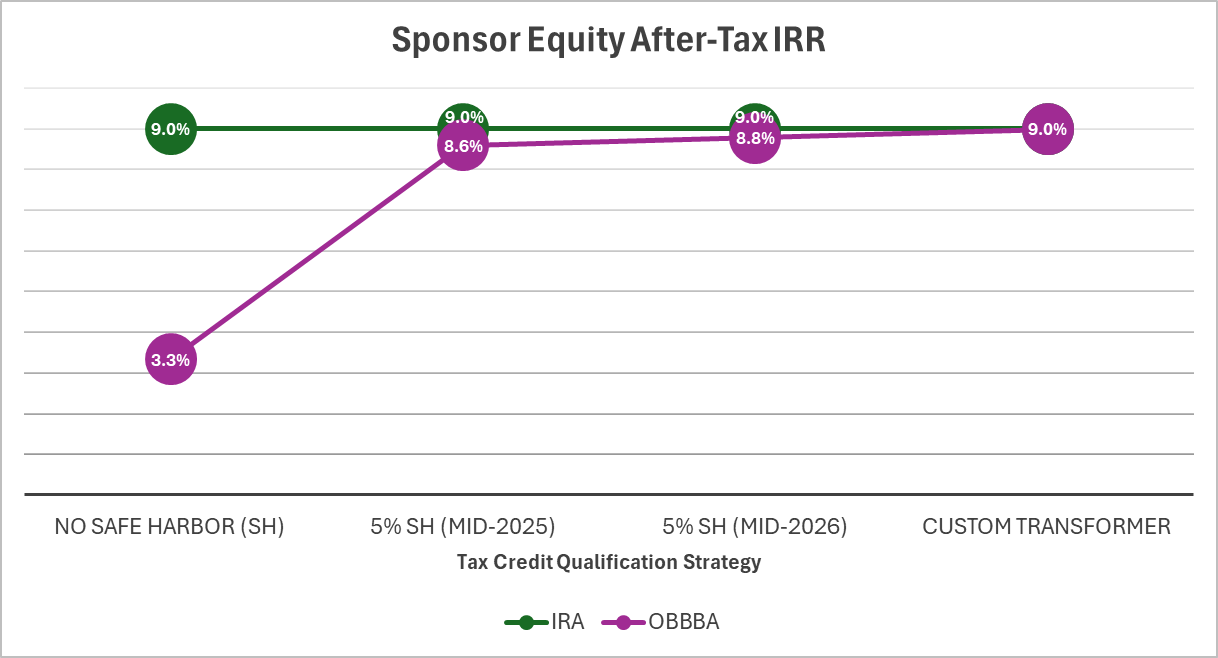
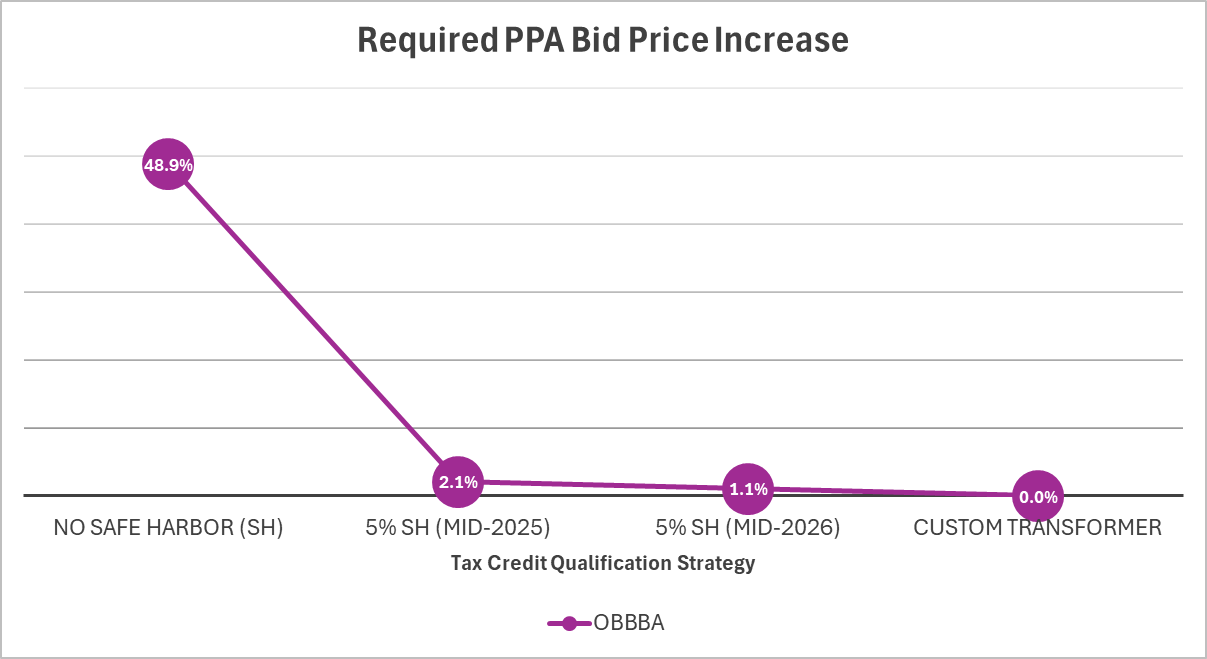
Precision Matters, But So Does Flexibility
Tax counsel often recommends a Safe Harbor buffer, like committing 5.5% or more of total expected FMV instead of the bare minimum 5%. This derisks the strategy against future capex fluctuations. But what happens if equipment prices spike 20% from unexpected tariffs? That extra cushion can vanish quickly, potentially leaving the project short of the threshold and disqualified from the desired tax credits.
To adjust for this, developers would need to reduce the FMV, which adversely impacts economics. Spending 6% of expected FMV can dramatically increase flexibility at a low incremental cost.
That’s why the real lesson isn’t just to be precise. It’s to be strategically flexible.

A Portfolio Strategy: Don't Bet It All on One Winner
Here’s the key insight:
Safe Harbor efforts don’t need to be allocated exclusively to bullet-proof projects to preserve returns across your portfolio.
Waiting for perfect information on interconnection, permitting, offtake, or bonus credit eligibility may leave you sidelined when the window closes. But on the other hand, betting everything on one or two “ready” projects can concentrate risk unnecessarily.
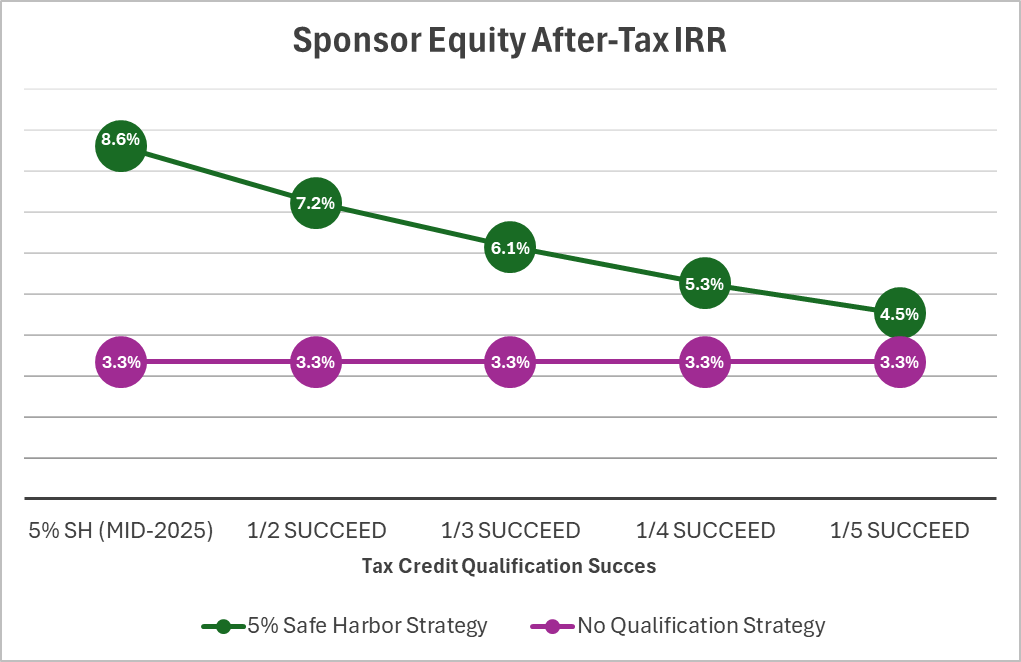
Instead, developers can take a more measured portfolio approach:
- Commence construction for multiple credible, but not fully de-risked projects.
- Allocate modest spend (e.g., 5.5% to 6.0% of expected FMV) across a few high-potential sites.
- Adjust FMV and financial assumptions dynamically as guidance, pricing, and project readiness evolve.
- Accept that some projects may not proceed, but understand that the portfolio return will likely outperform the alternative of doing nothing.
Even if 1, 2, or 3 of those early-stage Safe Harbored projects don’t reach COD, the value preservation across the pipeline can be substantial compared to missing the tax credit entirely.
Conclusion: Commit with Intention, Not Just Urgency
Commencing construction isn’t just a box to check; it’s a capital allocation decision that echoes across your portfolio. And in this next 11-month window, developers who approach it with intention and flexibility will be best positioned to win.
Demonstrating the start of construction for tax credit qualification doesn’t require certainty. It just requires a strategy.
In an environment where tax credits are increasingly valuable but harder to secure, CapeZero helps you preserve flexibility and optimize returns.
Ready to model your strategy with CapeZero?
- Quickly simulate Safe Harbor spend timing and FMV impacts
- Run sensitivity cases for equipment price escalation and FEOC exposure
- Visualize IRR deltas under different commencement strategies
- Manage and optimize your Safe Harbor allocation across a portfolio
Reach out to the CapeZero team for a tailored walk-through of how we can support you in this new era of clean energy development.

1: For commencement of construction guidance see SEIA website and IRS Notice 2018-59.
2: Full text of OBBBA is available at https://www.congress.gov/bill/119th-congress/house-bill/1/text/eh
3: For details of qualification approaches see SEIA website and IRS Notice 2018-59.
4: Further details in Norton Rose Fulbright’s Working Through The FEOC Maze.

.png)